
Position: Academic Intervention Specialist and Reading Interventionist
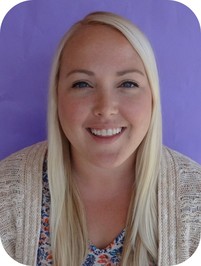
When I moved to the Bay Area from Oregon in 2011 I started working for Girls Inc. as an Americorps member. At Girls Inc. I was an after school teacher (at Think College Now and International Community School ) for two years teaching literacy which inspired me to continue working in Education. In 2013 I applied to work for Seneca as a student support assistant (at ASCEND) and worked with a student for two years with an intellectual disability. I started running small reading groups. I also worked for a brief time at Cox supporting a student on the spectrum. It was after this work that Robin Detterman had a conversation with me about becoming a special education teacher. I was a little hesitant about going back to school, but I took the plunge and started going to SFSU in the fall of 2014. In 2015 I worked as a TA at LWL and this year transitioned into an Academic Intervention Specialist/Reading Interventionist. In December 2016 I earned my Masters in Special Education. I appreciate Seneca's scholarship to this program!
Favorite Quote:
"Blessed are the flexible, for they shall not be bent out of shape." -Anonymous
What does your average day look like?
I work with 35 students daily (K-3) doing reading intervention. With my special education caseload I hold reading groups, a math group and a writing group.
Why do you do this work?
I struggled with reading as a child and my educators motivated me to never give up. I hope to inspire my students and help them cultivate a love for reading.
What hope do you have for the future of All-In?
I hope we can start even more early intervention programs at our schools (TK programs).






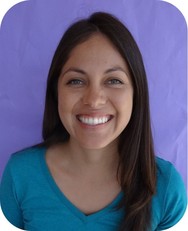


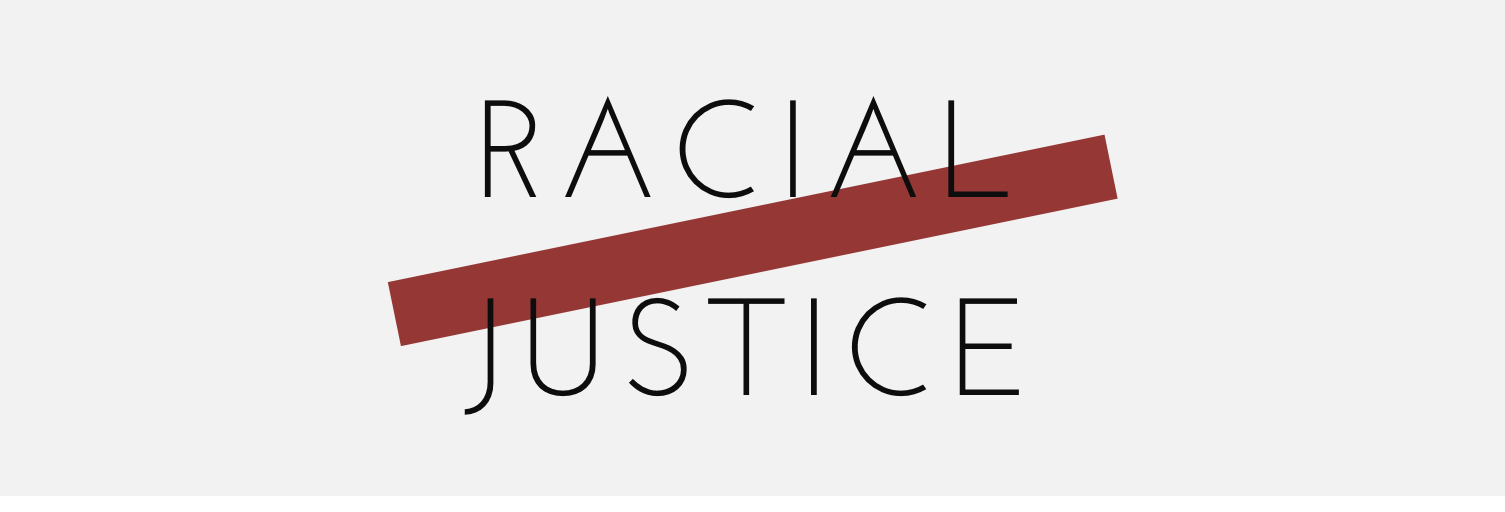



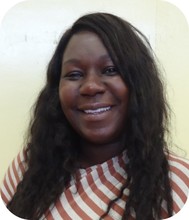
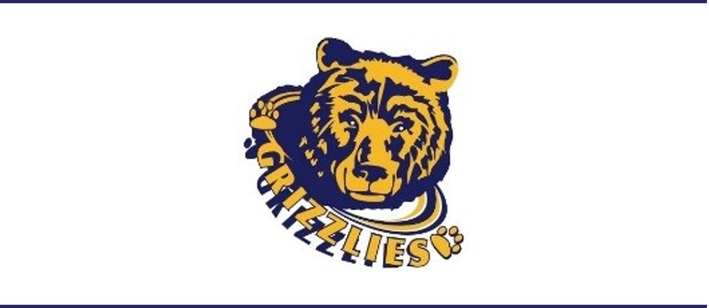



 RSS Feed
RSS Feed